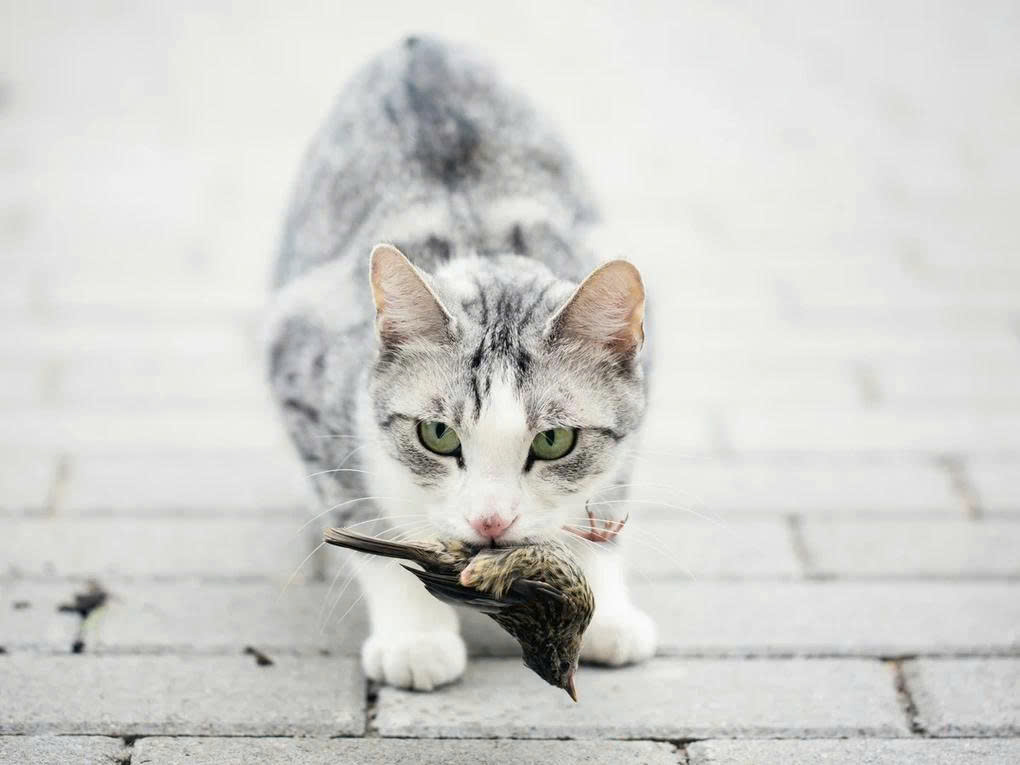Pet cats could be a hidden source of avian flu transmission to humans — a risk that stems from one of their natural behaviors.
In recent years, avian influenza viruses (commonly known as bird flu or chicken flu) have spread rapidly and evolved into numerous new variants. These viruses are no longer limited to infecting birds and poultry; they have also crossed over to humans and a variety of other mammals.
Scientists have identified that many mammal species — including domestic animals that live in close contact with people — have been infected with avian flu viruses. Among these, the domestic cat has emerged as a familiar pet that could act as a common route of transmission to humans.

A study led by scientists from the University of Maryland School of Public Health (USA) warns that domestic cats should be more closely monitored, as these common pets may transmit avian influenza from infected migratory birds to their human owners.
“Avian influenza viruses have evolved, and the way they spread across different animal species is deeply concerning,” said Dr. Kristen Coleman, a researcher at the University of Maryland School of Public Health.
According to the study, the natural hunting behavior of cats—especially their tendency to catch and eat birds, whether migratory or local—significantly increases their risk of contracting avian flu. This risk is particularly high when cats hunt migratory birds coming from outbreak zones, which may carry the virus internally.
In addition to catching the virus from infected birds, cats can also transmit the virus to one another—before potentially spreading it to humans.
Similar to how people may contract avian flu from infected poultry or birds, humans may also become infected through close contact with cats. This includes behaviors such as cuddling, kissing, or handling cat waste.
Dr. Kristen Coleman and Dr. Ian Bill Bemis, co-authors of the study, emphasized that although cats are one of the most common household pets and are at high risk of transmitting avian influenza to humans, they remain largely unmonitored during outbreaks.
The research team noted that when cats become infected with avian flu, they often suffer from acute encephalitis (brain inflammation) and other severe symptoms, which may sometimes be mistaken for rabies.
The mortality rate for cats infected with avian flu can be as high as 90%, while for humans, certain strains like H5N1 have a fatality rate of around 50–60%.
So far, there is no evidence that avian flu can spread from human to human, nor can it be transmitted through properly cooked poultry products. However, scientists are concerned that the virus may evolve into new variants capable of direct human-to-human transmission.
Furthermore, due to their habit of hunting and eating infected birds and then engaging in close contact with their owners, domestic cats may represent a significant and overlooked source of avian influenza transmission—and should therefore be subject to greater surveillance.
